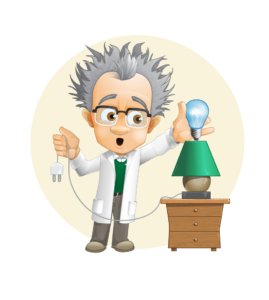More than three decades of research support that long-day lighting, or LDL, is a proven method to increase milk production in farm cattle. LDL involves exposing milk herds to 15 to 20 foot-candles of light for 16-18 hours each day followed by a dark period (less than three foot-candles of light) of six-eight hours. Maintaining such precise conditions can be especially difficult for small, independent farmers; fortunately, some researchers at Michigan State University have made the process simpler for all dairy producers. Part of the simplification process involves using LED lighting as opposed to metal halide.
The Michigan Milk Producers Association teamed up with researchers in the Biosystems and Agricultural Engineering Department to develop a system that can successfully regulate the temperature and light intensity of barns to maintain ideal LDL conditions. By constructing a system of LED lights with automatic sensors, the researchers were able to launch a functional complete LDL system at Wing Acres Dairy farm in January 2014.
Unlike other light sources, LED lighting makes it easy to maintain a reliable automated control system with consistent light intensity, a component that was critical for the project. LED lights can also be dimmed, eliminating the need for additional luminaires during the dark period.
A year after installation, the 100 cattle at Wing Acres Dairy had increased their annual milk production by an average of 8 percent. The dairy farmer had even noticed that the cows had become more docile and less agitated. The researchers reviewed weather patterns and operational procedures over the farm’s recent history to rule out other possible contributing factors, but the LDL system was the only variable that could account for the positive change. The team believes their experiment proves that such systems can work for all small dairy farms.
Making the switch to an automated LDL system using LED could have huge financial and environmental benefits for farmers. In addition to not containing mercury, the many pros of LED lighting for this project include energy efficiency, low operating temperatures, instantaneous starting time, vivid color rendering, longevity, and minimal lamp lumen depreciation. LED lights consequently require less maintenance. Moreover, LEDs are the only truly dimmable system, in which a corresponding decrease in energy occurs when the lights are dimmed. This enables the small dairy farm to save even more energy.
While the owners anticipate 50 percent reduction in lighting costs, payback for LED lighting based solely on energy efficiency does not yet produce a desirable return on investment due to the high initial cost. However, with energy savings and increased milk production, a payback of just over a year is expected. Besides cutting costs, the LDL system simplifies the process for independent dairy farmers, giving them the additional time needed to run their farms.



